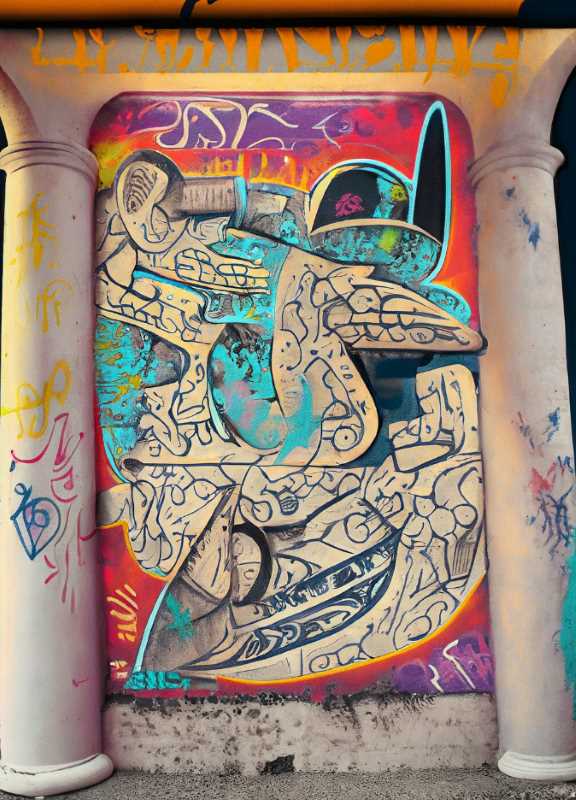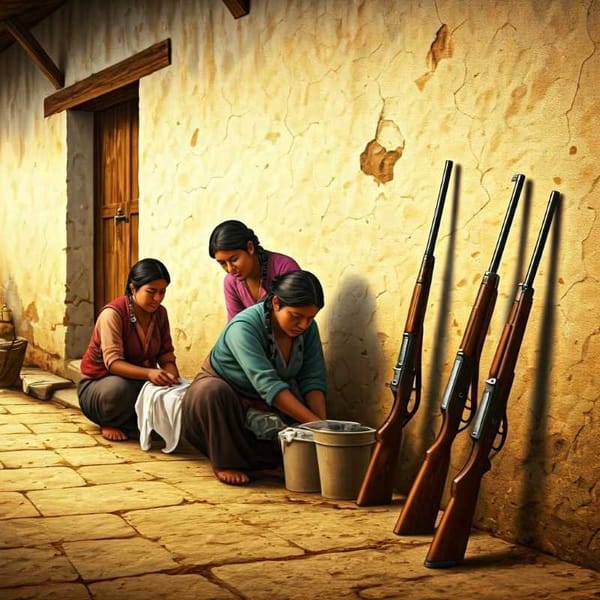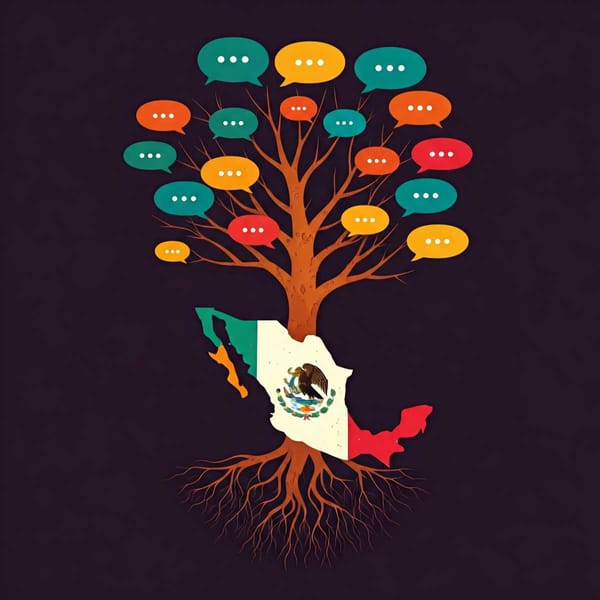Graffiti Vandalism or Van Gogh? The Debate Continues
Graffiti, often misconstrued as mere vandalism, holds a deeper cultural significance. Collaboration offers a multidisciplinary perspective, showcasing graffiti's vast spectrum, from ancient inscriptions to modern urban art.

Graffiti has long been a topic of debate and misunderstanding. Often misconstrued solely as vandalism, the depth, and breadth of graffiti's cultural influence is expansive. Yareli Jáidar Benavides, a researcher at UNAM's Institute of Aesthetic Research (IIE), is shining a new light on the subject, emphasizing the significance of studying the materials used in graffiti, particularly when it affects cultural heritage sites.
Graffiti's Impact on Cultural Heritage
For many, graffiti evokes images of unauthorized and hastily done scribbles on public properties. However, graffiti exists in numerous forms and has evolved, encompassing expressions as diverse as the ancient inscriptions in archaeological sites to the vibrant urban art and murals that beautify our cities today.
Benavides highlighted the urgency of understanding the materials used in graffiti, especially when it appears on historical buildings or murals. This isn't just about cleaning it up – it's about understanding the balance between preserving history and managing contemporary expressions. Knowing how to address graffiti means properly equipping decision-makers with the tools they need to make informed choices regarding heritage sites.
A Multidisciplinary Approach
Collaboration is key. Institutions such as the National Institutes of Anthropology and History (INAH) and Fine Arts and Literature (INBAL) have joined forces with IIE. Their collective goal is a deeper dive into the various aspects of graffiti which often remain overlooked due to time and resource constraints.
With the National Laboratory of Sciences for Research and Conservation of Cultural Heritage (LANCIC), along with the UNAM Institutes of Physics and Chemistry and the National Institute of Nuclear Research, a multidisciplinary approach is being employed. They aim to address topics ranging from graffiti's conservation to understanding its varied materials.
Graffiti's Many Facets
Graffiti isn't monolithic. It encompasses a broad spectrum – from ancient archaeological inscriptions to contemporary urban art. The proposed seminar at the IIE seeks to shed light on these myriad forms, creating a platform where experts from different fields can share knowledge and insights.
The streets of cities like New York, for instance, display various types of graffiti: from “signatures” which are repetitive names and nicknames to intricate “pieces” and “bombs” that showcase sophisticated styles and colors.
Urban art, in contrast, is more widely accepted and recognized. Often seen as visually appealing, these pieces can sometimes even be commissioned by governments, reflecting the blurry lines between graffiti as vandalism and as recognized art.

Beyond Vandalism
Benavides makes a poignant argument against oversimplifying graffiti as mere vandalism. Delving into its history, materials, and evolution offers a more comprehensive view. Aerosols, a common tool for graffiti, have transformed over the years, both chemically and industrially. When it comes to cleaning graffiti, the methods matter. Careless removal can cause further damage, particularly on porous surfaces.
The challenge is intricate. While the graffiti on the Siqueiros mural in the Rectory is layered on existing paint, stone pedestals in Paseo de la Reforma tell a different story. Each case is unique and demands an informed and sensitive approach.
The Bigger Picture
Benavides's project aims to go beyond just graffiti removal. The history of graffiti in Mexico, its role in society, and its various manifestations are also being explored. Graffiti, after all, has been a part of societies for ages, often manifesting as an expression of rights to public space and a deep-seated need for expression.
Branding all graffiti as vandalism signifies a lack of understanding. While some manifestations of graffiti are indeed transgressive and illegal, others are sanctioned and recognized as valuable art. The debate around graffiti is as varied and complex as its forms, and it's time we approached it with the nuance and understanding it deserves.




